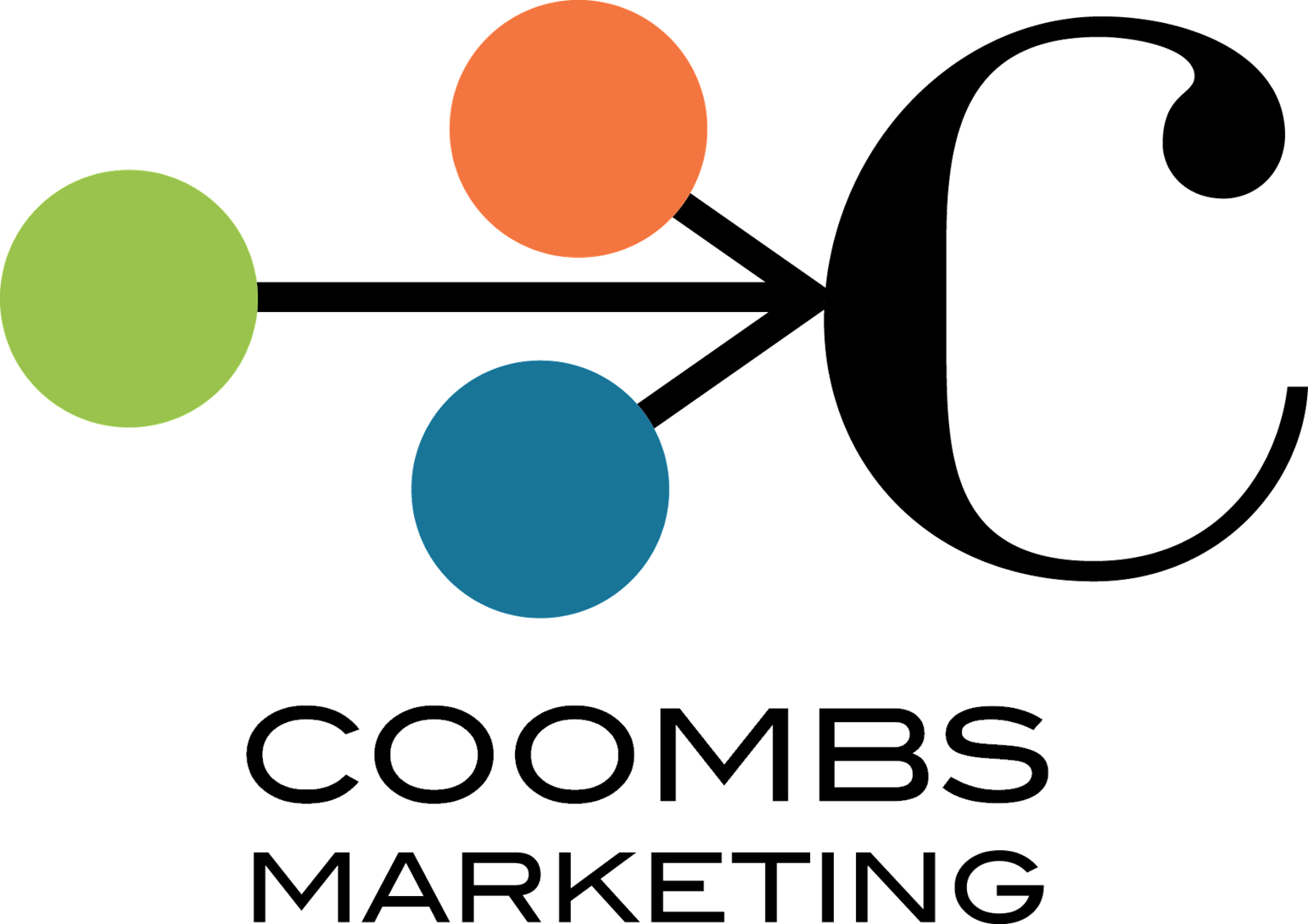![]() One of the biggest buzzwords for marketers over the past several years is personalization. While personalization provides marketers and content experience owners the opportunity to drive their customer experience (think Amazon), personalization is still very much a struggle.
One of the biggest buzzwords for marketers over the past several years is personalization. While personalization provides marketers and content experience owners the opportunity to drive their customer experience (think Amazon), personalization is still very much a struggle.
People often use the terms “personalization” and “customization” interchangeably. Not clearly understanding the differences may explain why businesses have difficulty creating better experiences for their customers.
What is the difference?
Personalization tends to leverage user data and doesn’t require any conscious input from the user. All of the work is done behind the scenes, presenting users with a highly tailored experience without them even realizing. For example, a website may display certain content and resources based on the user’s previous browsing activity.
Conversely, customization is actively done by users, giving them the power to modify the experience to their own liking. For example, some websites offer the option to choose between light and dark visual themes, various font sizes, etc.
While both customization and personalization are used to create a modern web experiences, personalization has taken precedent in recent years.
Technology differences
For the most part, the tools leveraged to personalize an experience are different than the tools required to create a customized experience. This is driven by the difference in user managed vs. managed on behalf of the user.
Customization is done by the user while personalization is usually achieved through an experience management platform that follows user journeys. More often than not, personalization employs the use of a content experience management software to track and act on user behavior.
Many different technologies can come into the mix when implementing personalization. For example, a business can have multiple personas that span eight regions across twenty web and mobile sites, which all result in many points of personalization. Personalization technologies implement the different personalized experiences for that company.
Why customize vs. personalize?
There are many reasons why companies may choose to do one over the other. The most obvious answer is cost and complexity. In order to perform an adequate level of personalization for users, companies must employ analytics and marketing tools to gather the required data. Personalization may not always be tailored accurately 100% of the time, whereas customization is done by the user and ensures a tailored experience. Some users may prefer customization over personalization as well, as it means that limited personal data is shared.
Every business needs to start tailoring experiences for customers. Your customers want an experience that is tailored to them. Generic experiences will not capture their attention in the same way. As new generations have different expectations, businesses of all types need to provide the best experience for each customer.
While personalization offers a world of possibilities, most businesses don’t have the tools, knowledge or access to the data needed to personalize experiences. Customization offers an easy first step to start tailoring customer experiences. Both are important tools for enhancing the user experience.
Want to learn more?


